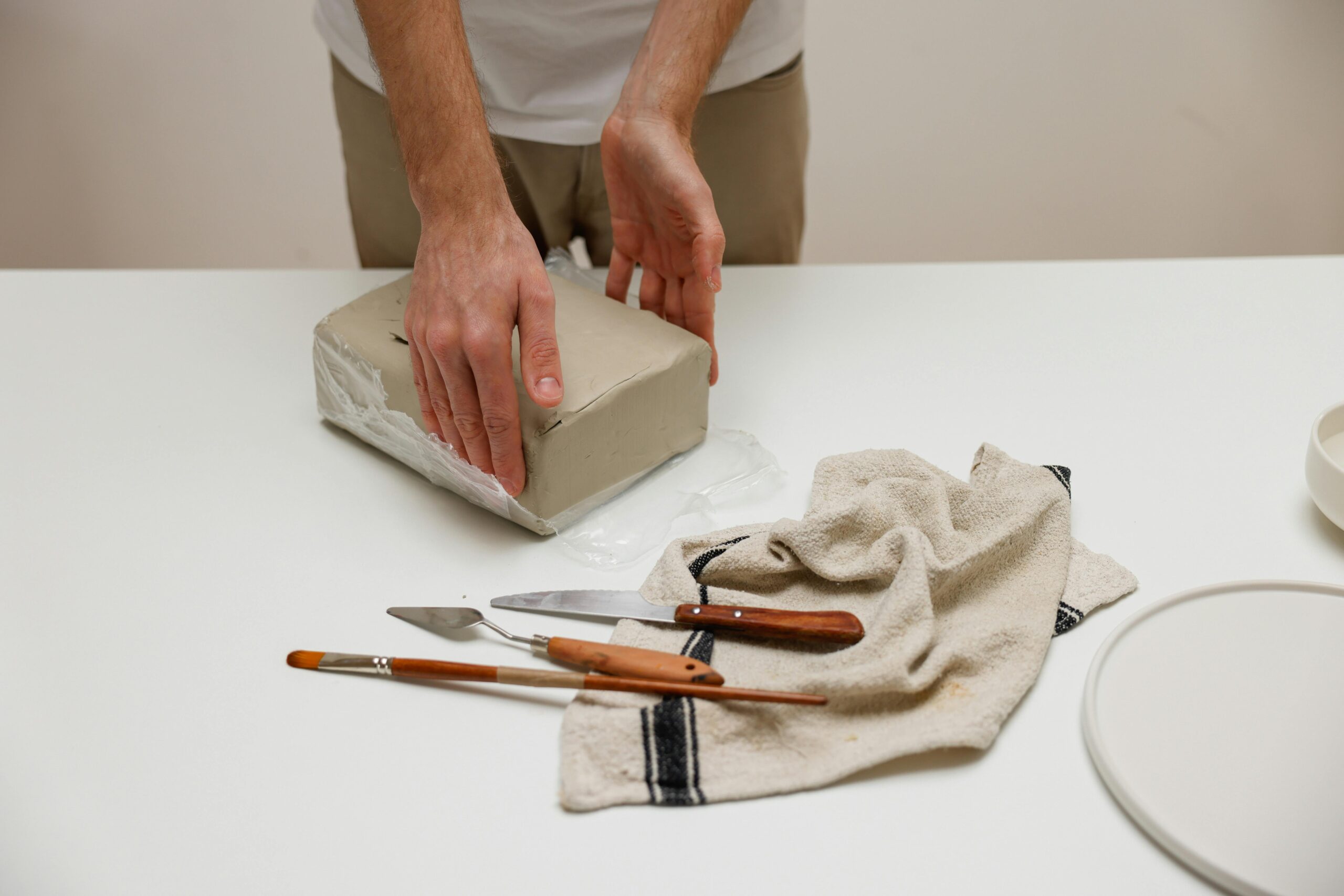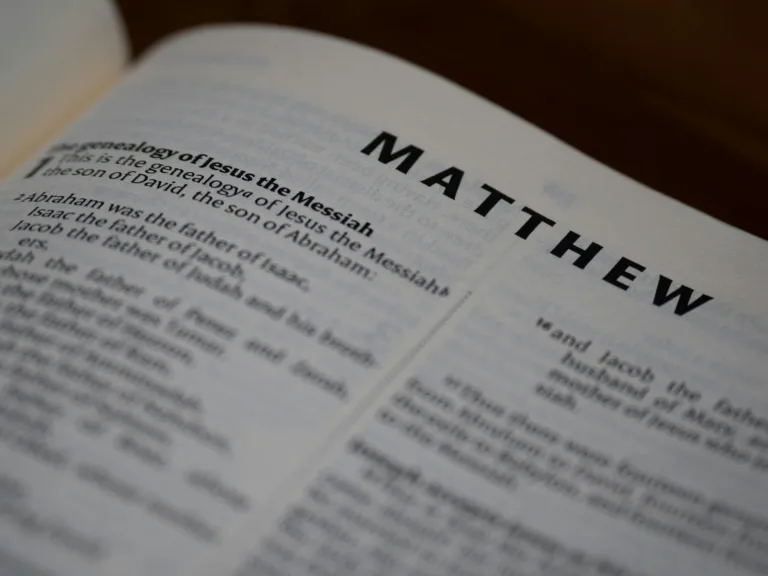God’s Workmanship: From Marred Stone to Divine Masterpiece
Introduction
In the realm of artistry, human creators meticulously select the finest materials to craft their masterpieces. But when it comes to God’s workmanship, the process takes a different turn. Let us explore the profound difference between human craftsmanship and God’s divine skill.
Materials: The Infinite Difference
- Human Artists: They work with the best materials — ivory, marble, jade, and exquisite gems.
- God: His canvas is not pristine; it is stained with sin, corruption, and the filth of the fall.
- God’s Choice: He employs what no one else desires — the offscouring of humanity.
The Sculptor’s Hand
- Objective: God’s purpose is to conform redeemed sinners into the image of His beloved Son.
- Chisel of Grace: With eyes fixed on Christ, God sculpts rebel hearts into Christ’s likeness.
- From Deformed Stone: God’s masterpiece emerges from a marred, unattractive chunk of rough stone.
The Divine Painter
- Blank Canvas?: No, God paints on a canvas stained with sin.
- Brush of Omnipotent Mercy: He traces every line with divine precision, filling in graces with heavenly hues.
- Similitude of Christ: God paints His children into the family portrait, accentuating virtues like faith, love, and patience.
The Symphony Composer
- Discordant Notes: Sin, rebellion, and impurity mar the original score.
- Immutable Grace: God rewrites the sorrowful sonnet of sin into a glorious gospel melody.
- Broken Instruments: Contrite hearts play the tune of salvation.
Conclusion
God’s workmanship defies human conventions. He transforms the undesirable into divine masterpieces. As we gaze upon His creations, we see not the hand of man, but the hand of God.







